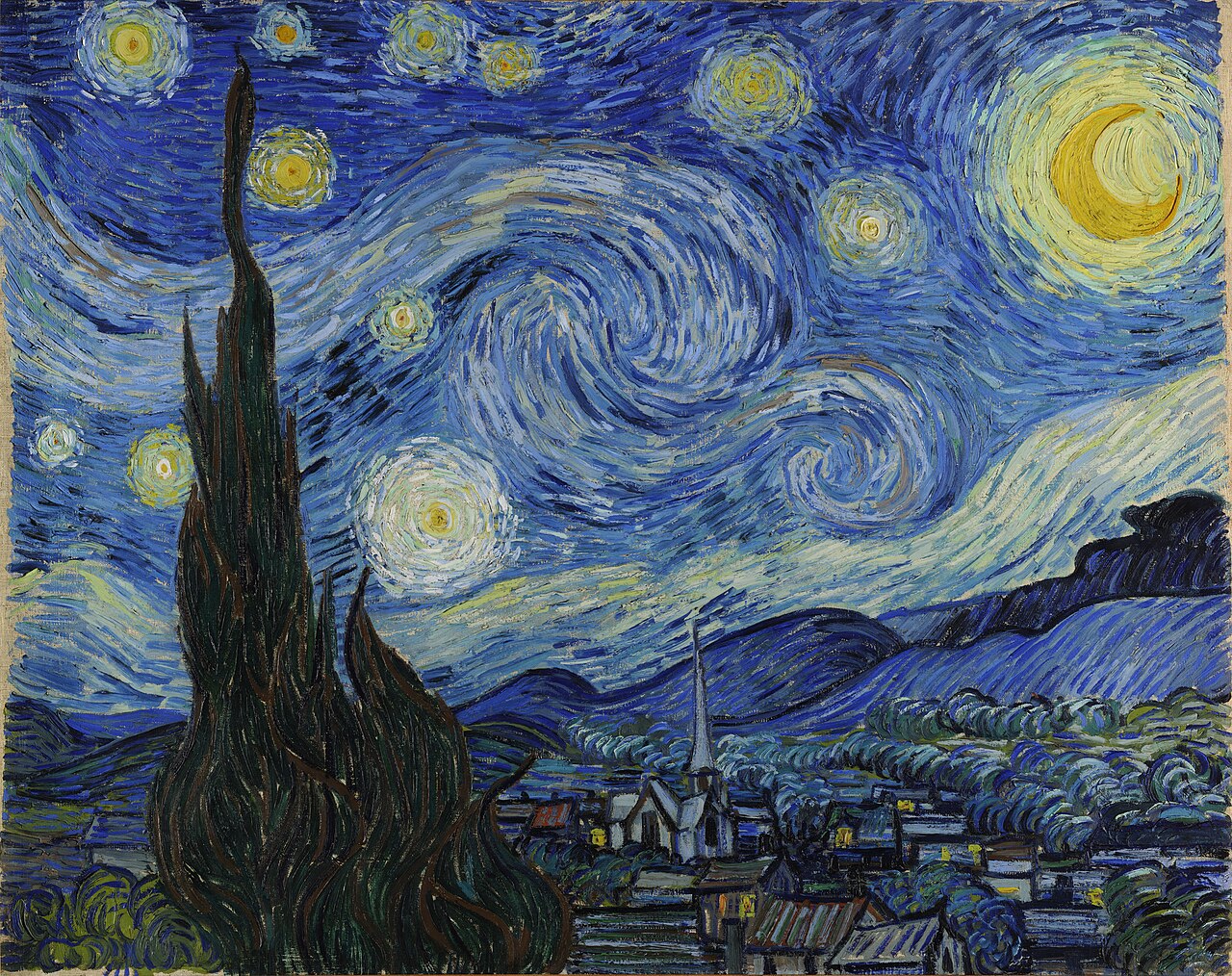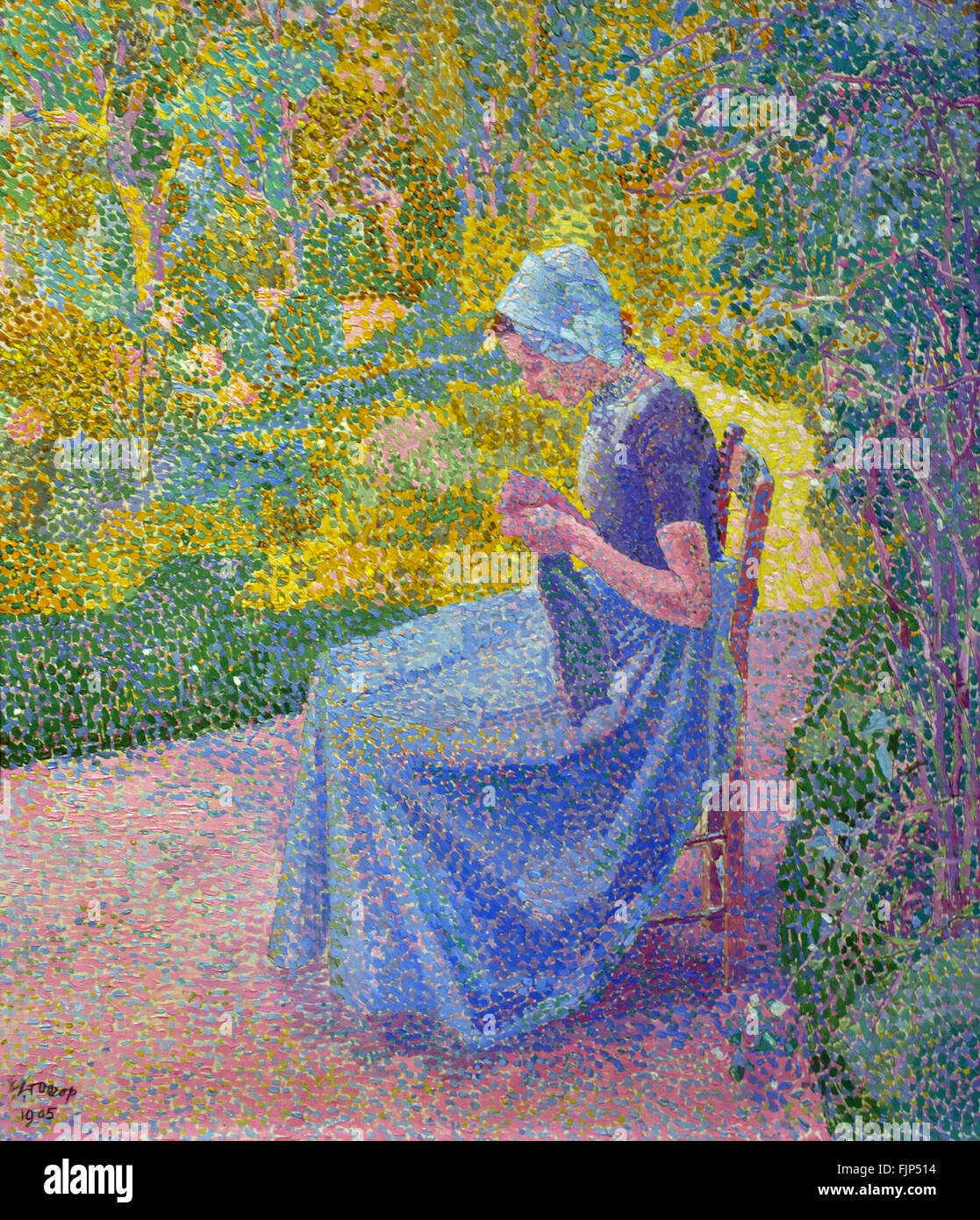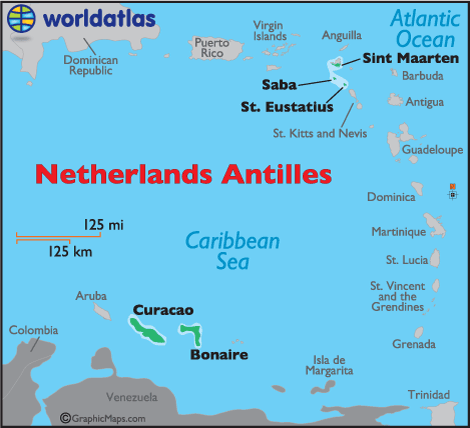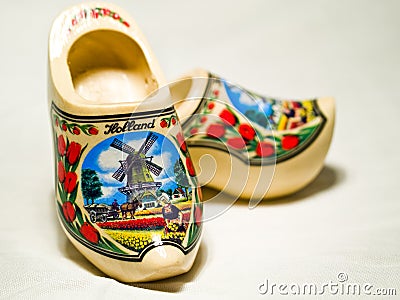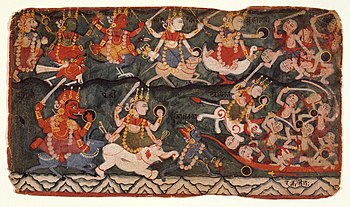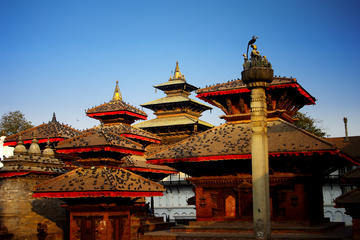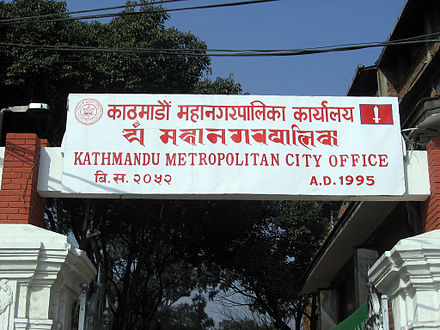Today was cold and
snowy. There wasn’t much accumulation, but it was enough to make you want to
stay inside. This past week has been stressful to say the least. I welcomed the
chance to divert my attention from watching the world burn to making delicious
things in my kitchen.
 |
| Not bad for the first time, but it's pretty evident my pie making skills definitely have room for improvement. |
I didn’t make a
bread, per se, although there were plenty to pick from. I made something I’ve
been wanting to try for a while: Appeltaart, or Dutch apple pie. I’ve never
attempted something like this before. I started out mixing together 2c of
flour, a stick of butter plus 4 ½ Tbsp more, 2/3 c of powdered sugar (or caster
sugar), 1 tsp of cinnamon, plus 1 ½ eggs (saving the other half for later). I
think the recipe forgot some parts because I had to add enough water for it to
come together. Then I had to work the dough with some extra flour to make it
soft. While I was preparing the dough, I had my daughter peel and core four
Granny Smith apples. I asked my friend who lives in the Netherlands how they
make them, and he said typically the apples are either sliced thin or sometimes
they’re chopped. So, I tried it chopped. Then I tossed the apples with some
powdered sugar, cinnamon, and some golden raisins (I went with golden raisins
because I hate regular raisins—they’re the fart of the fruit world.). So, I
took my dough and divided it ¾ to ¼, rolling out the larger portion and lining
my spring form pan with it. After I placed the dough in the pan, I poured in my
apples. Then I rolled out the smaller ball of dough and cut strips out of it,
using these strips as the latticework on top. I even took some of my extra dough
and cut out a couple of oak leaves to place on top. (I tried my best to avoid
having them look like Christmas trees, and I thought using maple leaves would
make them look like a weed leaf.) I took the little bit of leftover egg and
brushed it on top and left it in a 350ºF oven for about 65 minutes. I was
disappointed that all of my latticework fell (wonder if I could fix this with
either wider strips or sliced apples instead). And the outer edge of the crust
was kind of hard. But otherwise, I thought it tasted good. There was nothing
wrong with the flavor at all. All I need is some vanilla ice cream.
 |
| Kind of reminds me of Andorran trinxat, but that just means they know comfort food when they see it. |
The main dish I
picked today was Boerenkool Stamppot. This super easy comfort-food recipe is
the perfect dish for cold days like today. I started out by peeling and dicing
four potatoes and a small onion and throwing it in a large pot. Then I tore up
half a bunch of kale and threw it in, too. Covering all of these with water until
it was just covered, I also added in a bay leaf and salt and pepper (to taste).
I let this boil for about 20-25 minutes until the potatoes were tender. After
draining the liquid and removing the bay leaf, I mashed up all the vegetables
and added some milk and butter. Then I poured in some sliced smoked sausage
that I heated up (I actually used Polish kielbasa instead, but truthfully, I
can barely taste a difference between the two.). I added a little more salt and
pepper as I stirred everything together (it’s especially good with smoked sea
salt). I loved everything about this. My friend said that they use bacon bits,
and even though I bought some bacon, I forgot to fry it up. I believe it was a
hit with everyone.
 |
| I really liked this. However, it's probably not the type of dish I'd bring to an office pitch-in. |
The other dish I
made is called White Asparagus Salad. White asparagus is a little hard to find,
especially this time of year. I know I’ve seen it before. I think there’s even
a purple/red asparagus, too. However, the two stores I went to didn’t have it,
so I went with green asparagus. I cut off the hard ends of the asparagus and
boiled the top parts for about 10 minutes before putting them in the fridge to
cool. In a bowl, I mixed together a ½ c of mayo (I use the fake stuff), some
chopped chives and parsley, and a hardboiled egg that I chopped up. To serve
this, I laid out a lettuce leaf, placed my cooled asparagus on it and lined the
sides with tomato wedges. Then, I placed the mayo-egg mixture on top of the
asparagus. I actually kind of liked this. I’m not used to eating asparagus
cold, but it was really not that bad. If you take a bite of asparagus with the
sauce and then take a bite of tomato, it’s really good. I liked this, but I’m
not sure if others did. Well, I know my husband ABHORS asparagus (“slimy green
worms” he calls it), and I think the kids liked the asparagus and tomatoes but
not necessarily with the sauce.
 |
| Overall, I loved it. Now, it's just time to go to the Netherlands and do this for real. |
Overall, I loved
it. I know there are tons of recipes I missed that I wanted to make. I pulled a
recipe solely for its name: Naakte kindertjes in het gras, or Naked babies in
the grass. It’s basically green beans and navy beans; I just didn’t have time
to make this one. The Netherlands is also famous for its Dutch raw herring, for
which I promised my husband I wouldn’t make. Traditionally, it’s served with
raw onions. However, if I ever got the chance to go to the Netherlands, I
really want to try it. We may have a “leader” (=”tyrant”) now who finds fault
with all kinds of people, but I think that if we would just sit down and try
each other’s food and talk about it, we’d realize we’re more alike than we are
different. Eet smakelijk [Bon Appétit]!
Up next: New
Zealand





